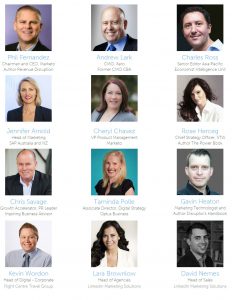When we think of the future of marketing, we often think of our customers. What trends are they adopting? Which devices? Where are they and how can I reach them? But there’s a double-sided impact to the future of marketing – and that is to do with the future of marketers.
There have been some massive improvements in the world of technology – with automated content and engagement platforms seeming to do amazing work. Just look at the journalism robots created by Associated Press that now publish around 3000 stories every quarter. This is journalism content “without a human byline”. It is a cocktail of 1 part excitement, 1 part absolute dread. After all, what happens when those “journo bots” turn their attention to marketing?
It’s time for us to grapple with the future of marketing
I recently spoke at the Marketo MarketingNation roadshow – and discussed our marketing-technology future. I will leave you to watch the video in your own good time, but I will also raise a couple of points:
- Data is not your only answer – you need to work with the PANDA principles to deliver broad and deep value as a marketer
- You need to create not inherit the future – what is the future you’d like to see? If you have a vision for a creative and vibrant marketing career, it’s time for you to step forward and voice those ideas
- Time to skill up – if you don’t have any tech skills, it’s time to work on that. As we rush towards an increasingly connected customer experience model, technology will feature more and more. It’s essential you at least have the foundations (this is covered in the presentation)
- Get some digital muscle on your Board – the same principles apply to Boards. Without the digital expertise available at a strategic level, you’re business longevity will decline. It’s time to bring diversity and divergent thinking onto your Board.
https://youtu.be/fl4bNgGnqb8

